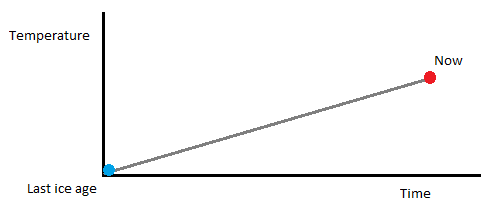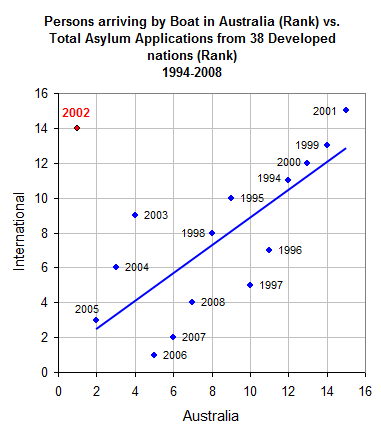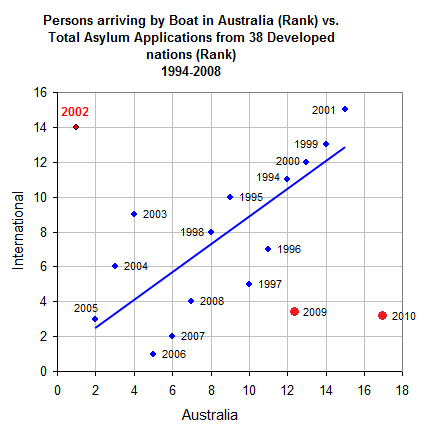They say Abbott has a habit of setting low expectations and then exceeding them, and indeed we’ve witnessed this many times. So late last year when things were looking rather grim for the government I thought the stage had been set. Abbott had carefully lowered himself to sea level and with the announced “reset” would ascend to the lofty peaks of longevity. Instead he jumped into a ravine and ended up somewhere near the earth’s core. It was his time to prove that he could change, but from that point on he couldn’t put a foot right. Whether it was the GP co-payment debacle, GST distractions during the QLD election campaign or the ridiculous appointment of Prince Phillip as a knight, he made poor judgement calls at the very time he needed to make sound ones.
On the question of who should replace him, Malcolm is the best option. Julie has performed spectacularly and I hope one day is Prime Minister, but the risks at this stage are too high. She is untested as leader and any missteps of a replacement leader will be too damaging long-term. There is an understandable reluctance to return to Malcolm. His previous stint as leader included the overreach and poor judgement of the Godwin Gretch affair and finished with his removal over a carbon price. But the question is, has he learned from his mistakes? All signs point to yes. He is certainly smart enough to have done so. And his experience in parliament has more than doubled since 2009, after being first elected in 2004. He has performed admirably as Minister for Communications.
But most importantly he has, unlike the deposed Rudd, kept his leadership ambitions in check since his toppling. There have been no talks of destabilisation associated with his name. There have been times when he must have been tempted, after the party’s narrow loss in 2010 and when Rudd was eventually returned as Labor leader. But he stayed cool and resisted.
Is Turnbull the right person to lead the party? With the current state of politics I think the time is better than ever. As brutally shown in Queensland, people no longer give a party at least 2 terms. If they’re not happy with them, they vote them out of office as easily as they vote someone off an island or out of a house. Perhaps the willingness of parties to do this themselves over recent years has devalued the office of leader, but whatever the reasons it’s now abundantly clear that if they public don’t like someone, they’ll vote them out. There are no second chances, and little respect seems to be given to leaders who stick to their guns in defiance of short term public opinion. And in that environment, a leader from the centre seems to be the best chance to keep people on side. Perhaps they won’t achieve as much for their base as a more ideologically driven leader, but if they stay in office longer they will achieve more in that time than a 1-term idiological alternative. From a Liberal point of view, if the budget takes longer to return to surplus under Turnbull, it’s better than being plunged even more dramatically into the red under a Labor government.
It’s a new political world. We’ll soon see if the Liberals can adapt.






